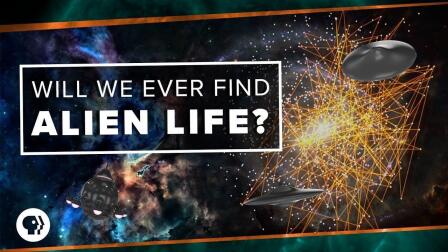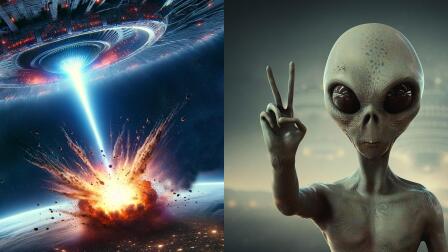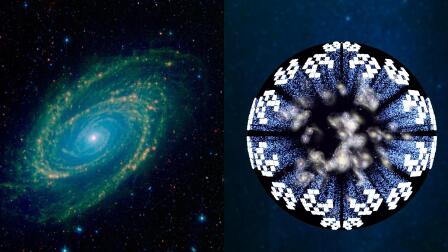Back to Show
PBS Space Time
How Much Information is in the Universe?
Season 4
Episode 39
Billions of galaxies, each with billions of stars, each with … rather a lot of particles in them. And then there's dark matter, black holes, planets, and the particles and radiation in between the stars and galaxies. But… is the universe actually made of stuff? An increasing number of physicists view the universe – view reality as informational at its most fundamental level.
Sign up now for inspiring and thought-provoking media delivered straight to your inbox.
Support Provided By

14:14
We take a journey to the center of a neutron star, a place where matter exists in states.

12:21
Our cleverest astronomers have figured out ways to catch light that skims black holes.

13:01
Of all the possible ends of the universe, vacuum decay would be the most thorough.
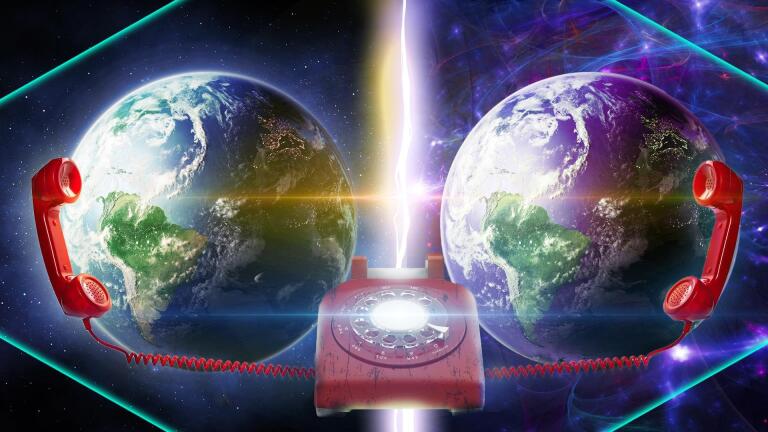
13:43
It may very well be possible to communicate between worlds.

14:30
A newly discovered white dwarf may change our understanding of all cosmology.

13:26
We explore the range and distance magnetism can take us.

12:50
Where are the worlds of all the times the universe has split?

14:05
Although elusive, the quantum spin has led to some of the deepest insights we now know.
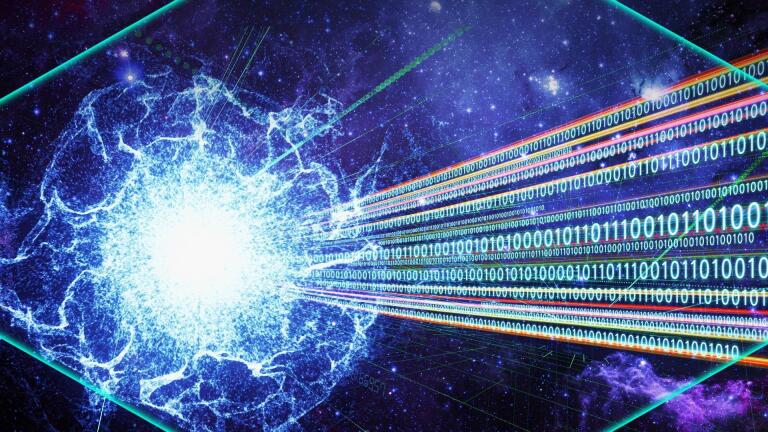
14:01
Entropy is behind one of the most fundamental laws of physics.

12:22
The more time and space are divided, the distance between them may not exist.

13:44
The accumulation of space junk increases collisions known as the Kessler Syndrome.

11:34
If Planck relics are real, then the black holes may just be everywhere.




